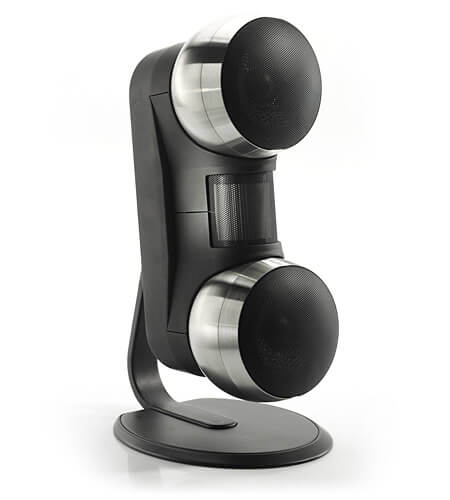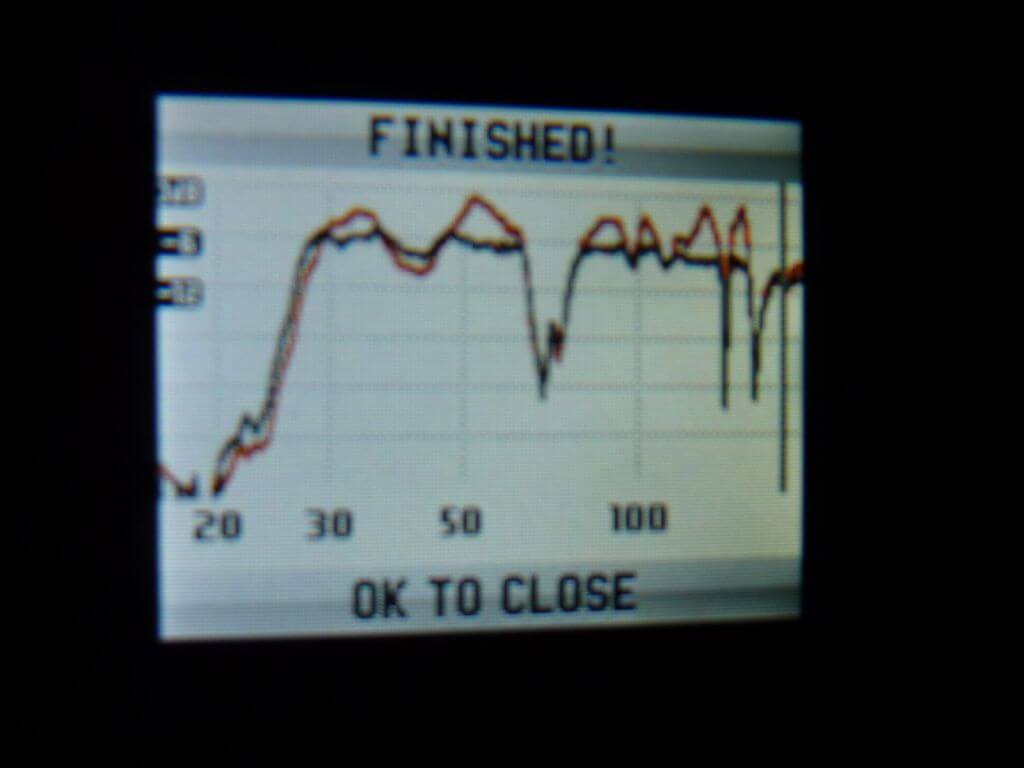It’s time for CEDIA
The 2014 Custom Electronic Design & Installation Association show is running full steam in Denver as we write this. This year’s new star technology is Dolby’s ATMOS, which puts surround sound overhead. Every manufacturer is getting on the ATMOS bandwagon. Here is a report of the GoldenEar Technology display system:
http://www.avsforum.com/forum/89-speakers/1683562-goldenear-atmos-demo-cedia-2014-a.html
The new Grado e Series headphones are here.
I have stocked up on all models up to the SR325e so feel free to come and listen.
Follow-up on amplifier power
In the last newsletter I asked about the reality of claims by Roger Sanders of Sanders Sound that 500 watts was required for undistorted sound. ssue
First there was this response –
Hi,
Not necessarily a fact but a belief I’ve been running around with for years—although I believe learning it in my physics of hifi class in undergrad–back in the dark ages.
Anyway, here goes:
Even if we play an amp at 1 watt, some of the audio information it gets can send its “potential” output up to very hi levels in milliseconds—500 watts and more.So, I was always under the impression one bought a hi watt amp not so much to drive the speakers better, but rather to provide reserve “oomph” (I know, I know, that is a very technical term) that can then cleanly handle those hi intensity peaks, thereby resulting in less clipping.
Your thoughts …
Ralph
I replied to Ralph
Hi Ralph,
I always felt more or less the same. What is puzzling, and I haven’t ever read anything that directly addressed this, is what sort of brief peaks cause audible distortion, and how much headroom would be needed to avoid audible distortion. After all, an honestly rated amplifier will have much greater output on brief peaks than its RMS power rating.Clearly Roger Sanders’ answer is “500 watts”, but I doubt that he has much agreement to that opinion/fact. The answer is no doubt complex, but surely this has been researched and that complex answer is out there.
Sincerely ,
Wylie Williams
As good luck would have it the response I needed came from subscriber Paul Stamler.
Well, run the numbers. Sanders says that with 90dB speaker sensitivity, 500W are needed to avoid clipping. That implies a peak speaker output of 27dB over 90dB-SPL, or 117dB-SPL. That’s very very loud.
Back in the 1970s or 1980s, someone (I’m still trying to find out who) published a paper in Audio concluding that 17dB of headroom are required to avoid clipping. Assuming a peak-to-average ratio of 17dB, this suggests that Sanders is listening at an average level of 100dB-SPL, which is way higher than most people listen, and sufficient to cause hearing damage in short order. Alternatively, he has recordings with a peak-to-average ratio of 27dB, and is listening at 90dB-SPL, still higher than is safe. Recordings with that kind of peak-to-average ratio are virtually nonexistent.
Some research has shown that home listeners who are actually listening to their systems (as opposed to using them for background music) typically listen at 85dB-SPL — not 100dB-SPL. With speakers of 90dB-SPL sensitivity, this suggest about 0.316W average power, and about 15.8W peak power. Which would explain how we all got along with Stereo 70 amplifiers, at least until acoustic suspension speakers began dominating the market, with sensitivities of about 82dB-SPL.
My conclusion is that Mr. Sanders is all wet, and is pulling his numbers out of the air.Peace,
Paul




